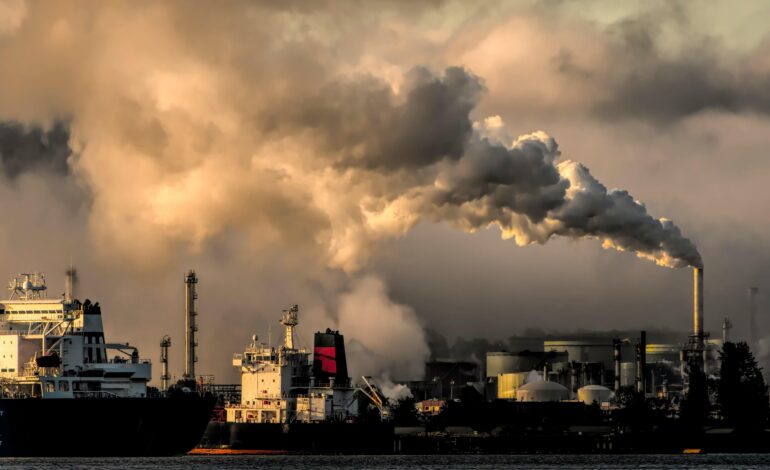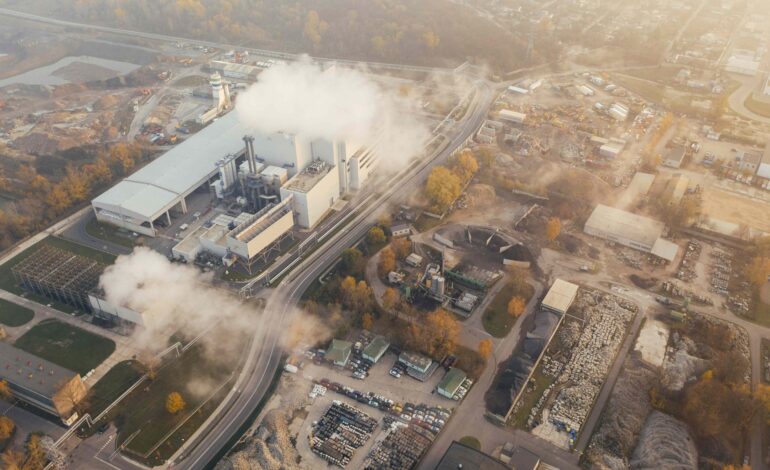In recent years, global efforts to combat climate change have intensified, leading to significant regulatory changes and policy shifts across industries reliant on fossil fuels. The bunker fuel industry, crucial for powering maritime transportation, faces distinct challenges and opportunities as governments worldwide implement stringent environmental policies aimed at reducing greenhouse gas emissions. Understanding the implications of these climate change policies is crucial for stakeholders within the bunker fuel sector.
Regulatory Landscape and Goals for Emission Reduction
The International Maritime Organization (IMO), a specialized agency of the United Nations, has taken a leading role in regulating emissions from international shipping. In 2018, the IMO adopted ambitious targets to reduce greenhouse gas emissions from the shipping industry. These targets include:
- IMO 2030 Strategy: Aims to decrease carbon intensity by at least 40% by 2030 compared to 2008 levels, with a pathway toward achieving zero emissions as soon as feasible in this century.
- IMO 2050 Vision: Aims to cut total greenhouse gas emissions from international shipping by at least 50% by 2050 compared to 2008 levels, with a goal of phasing them out completely as soon as possible within this century.
Impact on Bunker Fuel Consumption and Composition
Climate change policies are reshaping the bunker fuel industry in several key ways:
- Transition to Cleaner Fuels: Regulatory pressures are driving a shift toward cleaner bunker fuels with reduced sulfur content. The IMO’s sulfur cap regulation, effective from January 2020, mandates a maximum sulfur content of 0.50% for marine fuels globally, significantly lowering sulfur oxide emissions.
- Rise of Alternative Fuels: The drive for decarbonization has spurred interest in alternative fuels such as liquefied natural gas (LNG), hydrogen, ammonia, and biofuels. These fuels offer lower greenhouse gas emissions compared to traditional bunker fuels and align with sustainability objectives.
- Technological Advancements: Advances in emission control technologies, including exhaust gas cleaning systems (scrubbers) and fuel-efficient engine designs, are helping vessels comply with regulations while optimizing fuel efficiency.
Economic and Operational Implications
The transition to cleaner bunker fuels and adherence to climate change policies present both challenges and opportunities for the bunker fuel industry:
- Cost Considerations: Low-sulfur and alternative fuels often come at a higher cost than conventional bunker fuels. This cost difference impacts operating expenses for shipping companies and may necessitate adjustments to pricing strategies and operational efficiencies.
- Infrastructure Investment: Significant investments are required in infrastructure to support the supply and distribution of cleaner bunker fuels and alternative fuels. Ports and fuel suppliers are investing in LNG bunkering infrastructure and storage facilities to meet increasing demand.
- Market Dynamics: Climate policies are reshaping market dynamics within the bunker fuel industry. Suppliers and refiners are adapting their product portfolios and exploring new market opportunities for sustainable fuels in response to regulatory changes.
Strategic Responses and Adaptation
To navigate the evolving regulatory landscape and capitalize on emerging opportunities, stakeholders in the bunker fuel industry are adopting strategic responses:
- Diversification of Fuel Supply: Diversifying fuel supply chains to include a mix of low-sulfur fuels, alternative fuels, and renewable energy sources enhances resilience and flexibility in meeting regulatory requirements and customer preferences.
- Collaboration and Innovation: Collaborating among industry stakeholders, research institutions, and governments fosters innovation in sustainable fuel technologies and infrastructure development.
- Adoption of Best Practices: Implementing best practices in fuel management, emission reduction technologies, and operational efficiency ensures compliance with regulatory standards while minimizing environmental impact.
Conclusion
The impact of climate change policies on the bunker fuel industry is profound, driving a transition toward cleaner and more sustainable practices. As regulatory frameworks evolve and technological innovations continue to emerge, stakeholders must proactively adapt to ensure compliance, enhance operational efficiencies, and seize opportunities in a rapidly transforming global maritime sector. By embracing sustainability and innovation, the bunker fuel industry can play a pivotal role in achieving climate goals while supporting the sustainable growth of international trade and maritime transportation






